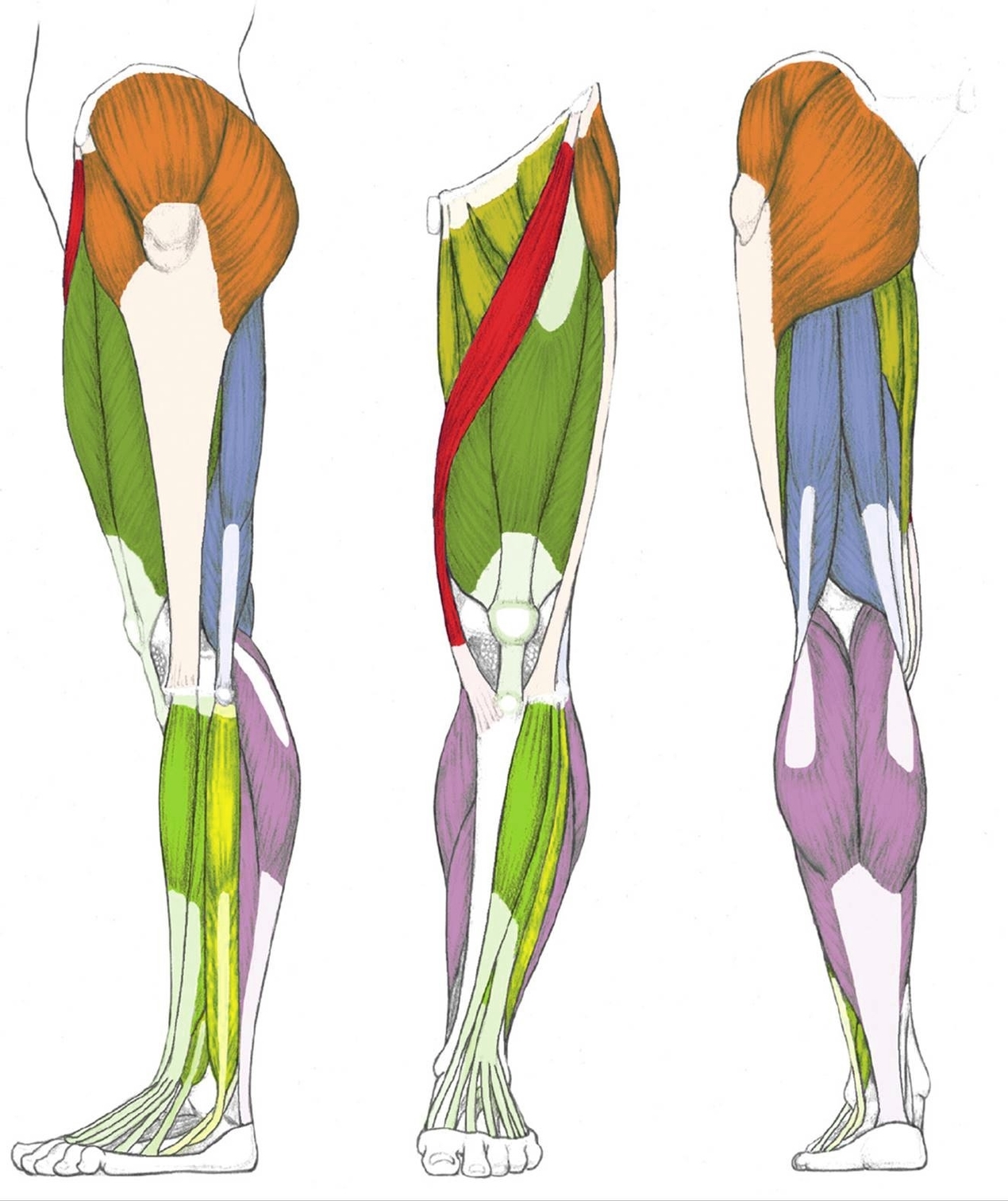The human leg, a complex structure that enables movement and supports the body’s weight, is composed of numerous muscles. These muscles can be broadly categorized into those of the upper leg and those of the lower leg.
Upper Leg Muscles
The upper leg, or thigh, houses some of the body’s strongest muscles, including the quadriceps and hamstrings.
1. Quadriceps: These are the major extensors of the knee and are the strongest and leanest muscles in the body. They consist of four muscles:
– Vastus lateralis: The largest of the quadriceps, it extends from the top of the femur to the kneecap.
– Vastus medialis: A teardrop-shaped muscle of the inner thigh that attaches along the femur and down to the inner border of the kneecap.
– Vastus intermedius: Located between the vastus medialis and the vastus lateralis at the front of the femur, it is the deepest of the quadriceps muscles.
– Rectus femoris: This muscle attaches to the kneecap and has the least effect on flexion of the knee among the quadriceps muscles.
2. Hamstrings: These are three muscles at the back of the thigh that affect hip and knee movement. They include:
– Biceps femoris: A long muscle that flexes the knee.
– Semimembranosus: This long muscle extends from the pelvis to the tibia, extends the thigh, flexes the knee, and helps rotate the tibia.
– Semitendinosus: This muscle also extends the thigh and flexes the knee.
Lower Leg Muscles
The lower leg muscles, particularly the calf muscles, are pivotal to the movement of the ankle, foot, and toes.
1. Gastrocnemius (calf muscle): One of the large muscles of the leg, it connects to the heel and flexes and extends the foot, ankle, and knee.
2. Soleus: This muscle extends from the back of the knee to the heel and is important in walking and standing.
3. Plantaris: A small, thin muscle that is absent in about 10% of people.
The Achilles tendon, which connects the plantaris, gastrocnemius, and soleus muscles to the heel bone, is possibly the most important tendon in terms of mobility. It stores the elastic energy needed for running, jumping, and other physical activities.
In conclusion, the muscles of the human leg, working in harmony with bones, tendons, and ligaments, enable a wide range of movements, from walking and running to jumping and flexing the feet. They also play a crucial role in maintaining posture and supporting the body’s weight.


